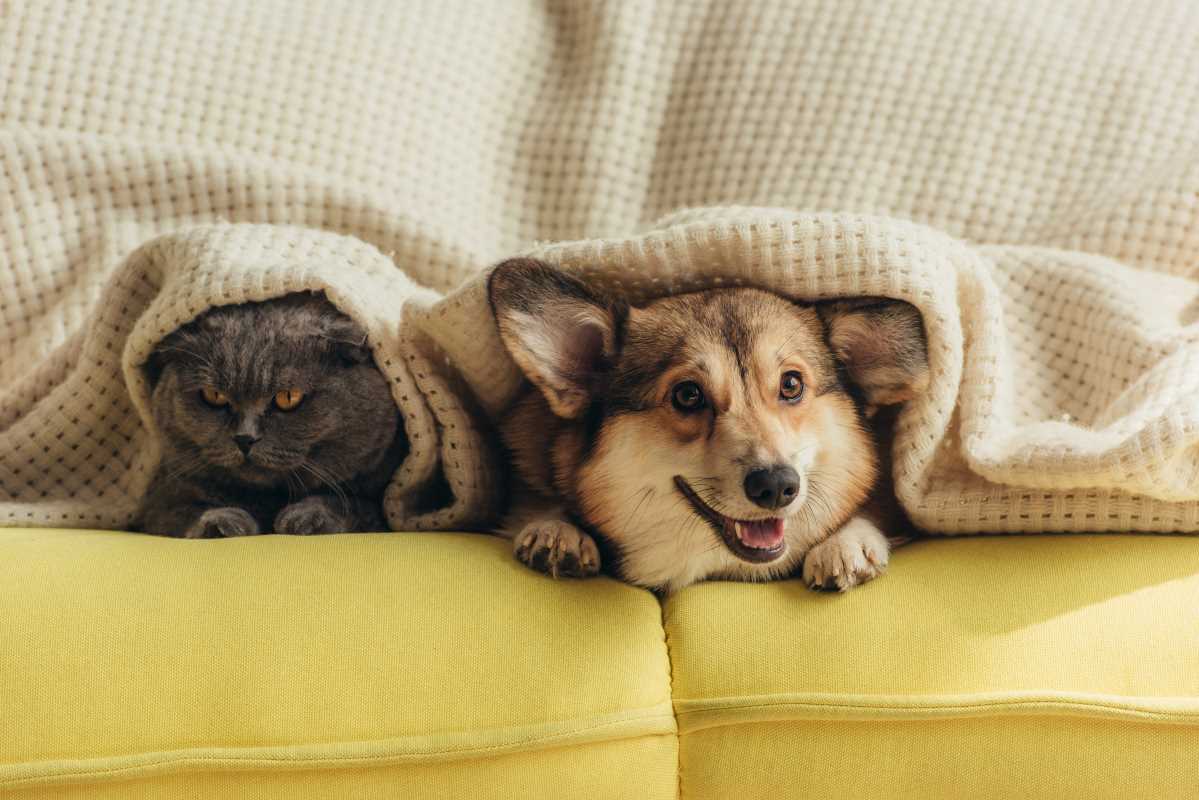Have you ever found yourself lost in the details of your pet's features, wishing you could capture their unique personality on canvas? Transitioning from a hobbyist to a professional pet portrait artist can be a fulfilling journey that turns your passion into a rewarding career. Whether you're sketching in your free time or dreaming of turning your art into a business, understanding the steps to professionalize your talent is the key to making that leap.
Discovering Your Passion for Pet Portraiture
Recognizing that pet portraiture is more than just a casual interest can set you on the path to becoming a professional artist. Here are some common signs that this might be your true passion:
- You find immense satisfaction in drawing or painting your own or others' pets, often losing track of time while doing so.
- Feedback from friends and family consistently encourages you to capture their pets in art.
- You feel a deep emotional connection when creating artwork that represents the bond between pets and their owners.
- You eagerly seek out new techniques and styles to improve your pet portraiture skills.
- You're motivated by the idea of sharing your art with a wider audience and possibly earning a living from it.
Developing Artistic Skills and Techniques
Honing your artistic skills is crucial to stand out as a pet portrait artist. This involves not only mastering basic drawing and painting techniques but also understanding the nuances of depicting animals. Studying anatomy, fur texture, and eye expression can greatly enhance the realism and emotional impact of your portraits.
Exploring different mediums and styles can help you find your unique artistic voice. Whether you prefer oil paints, watercolors, digital art, or mixed media, each offers distinct advantages in capturing the essence of a pet. Consistent practice and seeking feedback from other artists can further refine your techniques and contribute to your growth as a professional artist.
Building a Professional Portfolio
Creating a strong portfolio is essential for showcasing your talent and attracting potential clients. Here's how to build and present your work effectively:
- Select your best pieces that demonstrate a range of skills and styles in pet portraiture.
- Include a variety of pets to show versatility, highlighting different breeds, colors, and personalities.
- Organize your portfolio in a visually appealing manner, whether online or in a physical format, ensuring it's easy to navigate.
- Add descriptions or stories behind each portrait to connect with viewers on a personal level.
- Regularly update your portfolio with new work to keep it fresh and reflective of your evolving skills.
Marketing Strategies to Grow Your Client Base
Once you have a solid portfolio, marketing is the next step to becoming a successful pet portrait artist. Establishing an online presence through a professional website and active social media accounts can significantly increase your visibility. Share high-quality images of your work, engage with your audience by responding to comments, and participate in online communities related to pet lovers and art enthusiasts.
Networking with local pet stores, veterinarians, and pet grooming salons can introduce you to potential clients. Offering promotions, such as discounts for referrals or limited-time offers, can also incentivize new customers to commission your work. Attending art fairs and pet events provides opportunities to showcase your art in person, build relationships, and gain direct feedback from a diverse audience.
Staying Creative and Inspired
Maintaining creativity is vital for keeping your art fresh and engaging. Regularly seeking inspiration from various sources can help you stay motivated and continue to grow as an artist. Exploring different art styles, visiting galleries, and studying the work of established pet portrait artists like *Amelie Jones* can provide new ideas and techniques to incorporate into your own work.
Setting aside dedicated time for experimentation allows you to try new mediums and subjects without the pressure of client expectations. Collaborating with other artists or participating in art challenges can also spark creativity and push you to explore uncharted territories in your pet portraiture. Balancing structured commissions with personal projects ensures that your passion for art remains at the forefront of your professional life.
Embarking from hobbyist to professional pet portrait artist involves dedication, skill development, and strategic marketing. By nurturing your passion, building a strong portfolio, and effectively promoting your work, you can turn your love for pet portraiture into a thriving career. Embrace the creative process, stay inspired, and take the necessary steps to make your artistic dreams a reality.
 (Image via
(Image via





